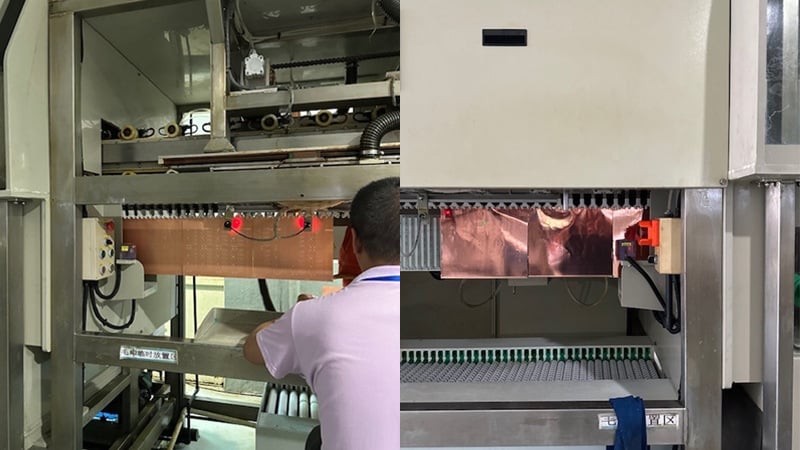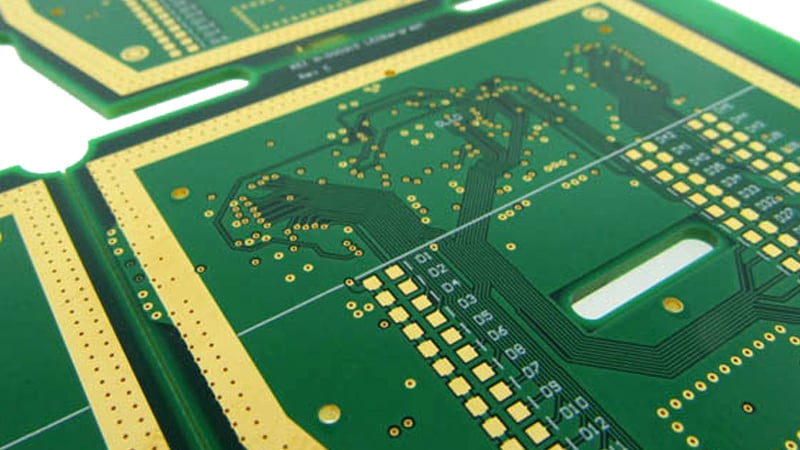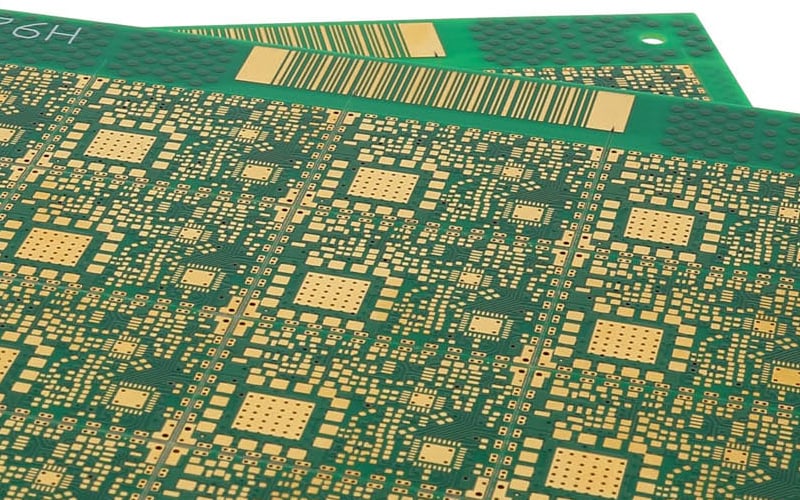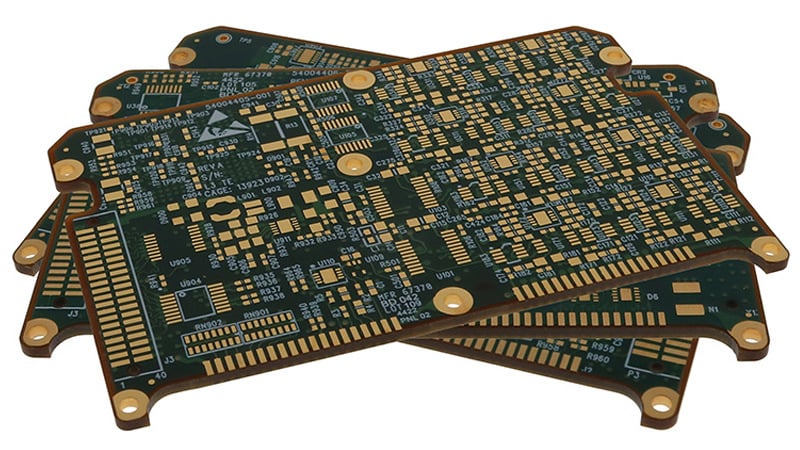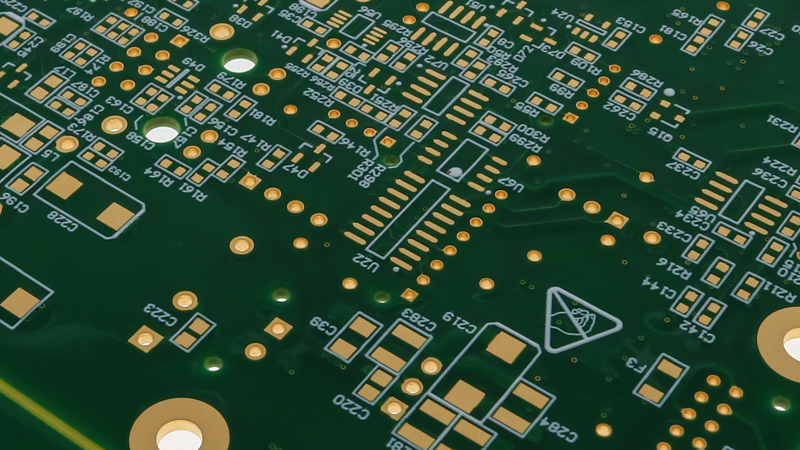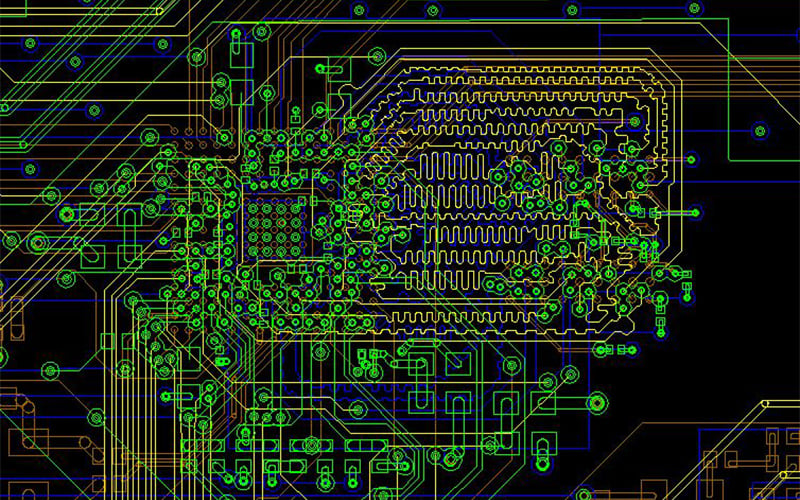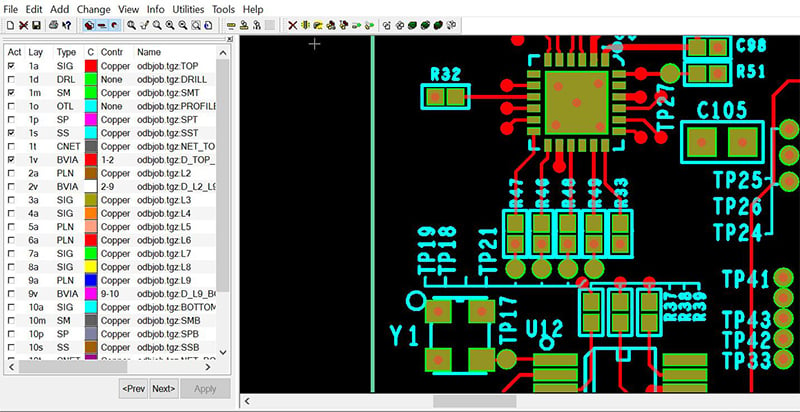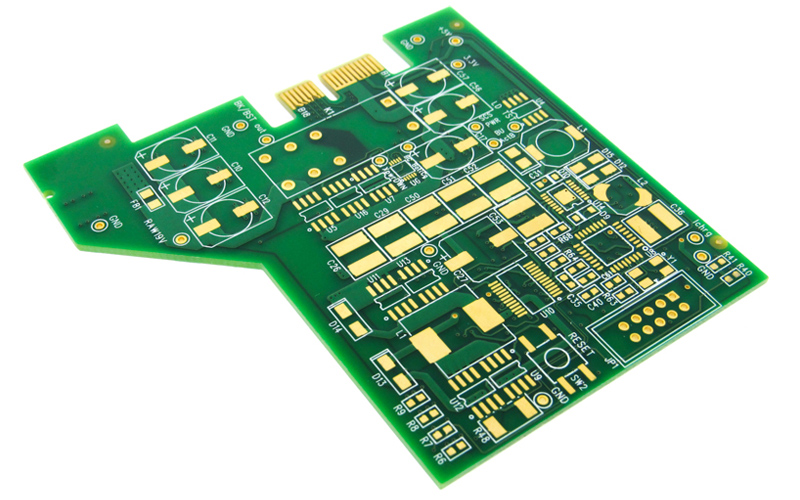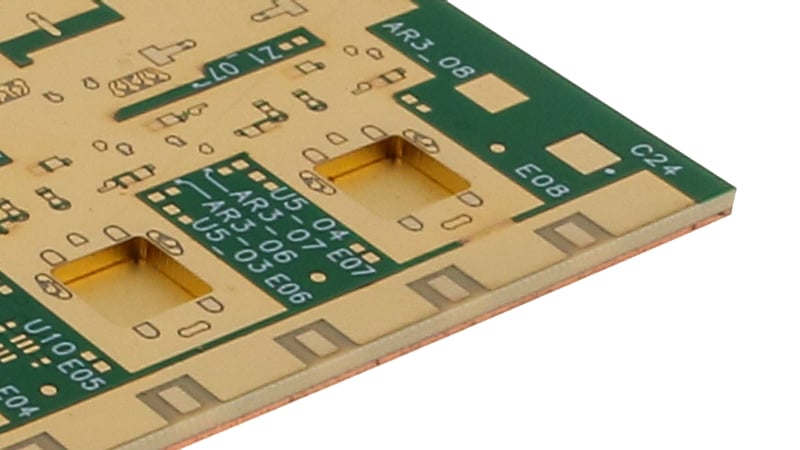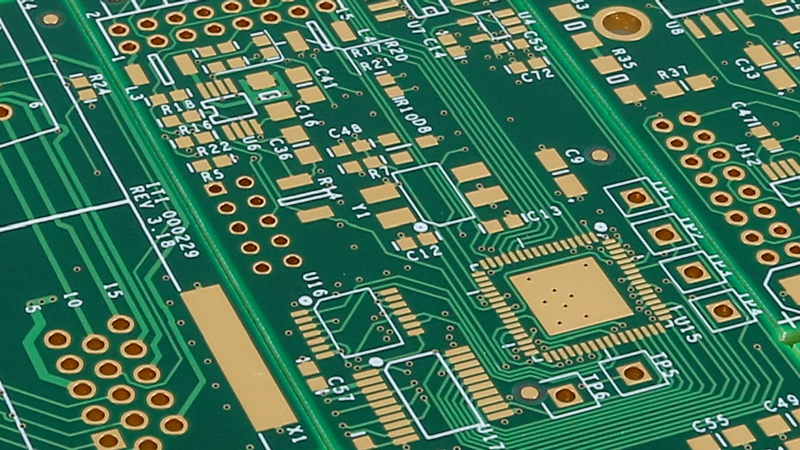In the highly competitive world of PCB manufacturing, innovation is the key to staying ahead. The choice of manufacturing processes can significantly impact efficiency, quality, and overall production costs.
I sat at my desk contemplating the subject of this blog post, trace and space circuitry for printed circuit boards, and as usual, I drifted back to the start, for me, which was 1982. The date stamp amuses me – how is it 2024, already!? Of course, when you look back, you can’t stop the memories from flooding in.
In this post we will review these 2 types of markings and additional identification marks that can be incorporated into your printed circuit board.
Printed circuit boards (PCBs) require insulation as part of the manufacturing process. The insulation helps to protect non-conductive materials while also preventing the conductive components from coming into contact with each other. It separates the conductive paths to prevent shortages and failures.
In the rapidly advancing world of electronics, few areas are as subject to constant change and innovation as printed circuit board (PCB) technology. The components and laminates that form the backbone of these vital circuit boards are continuously being revised, updated, and even rendered obsolete by the relentless pace of progress.
Printed Circuit Boards (PCBs) are ubiquitous in today's technology-driven world, serving as the backbone for everything from smartphones to space shuttles. While they may seem straightforward, the truth is, no two PCBs are the same. With the advent of increasingly complex electronics, manufacturing PCBs has become an intricate task that involves a lot of specialized engineering.
At the base of all printed circuit boards is the material. We have to start somewhere, so, let’s talk about the material. PCBs are built-to-print products, and although they are very similar, no matter the shape, size, or layer count, they are unique and have their attributes.
Navigating the world of printed circuit boards (PCBs) can be complex, especially when it comes to pricing. Unlike off-the-shelf products, PCBs are custom-engineered, each having unique specifications and functionalities. Understanding how these specifications contribute to the overall cost is crucial for effective planning and decision-making.
Developing a successful RF printed circuit board (PCB) design requires careful consideration of various factors to ensure optimal performance and reliability. RF PCBs are essential components in wireless communication systems, radar systems, and other applications that rely on radio frequency signals.
At the conclusion of our webinar, Low Layer Count PCBs – Why They Are Not All Created Equal, we had several questions submitted to our presenter, Ed McMahon, CEO at Epec. We have compiled these questions into a readable format on our blog.


